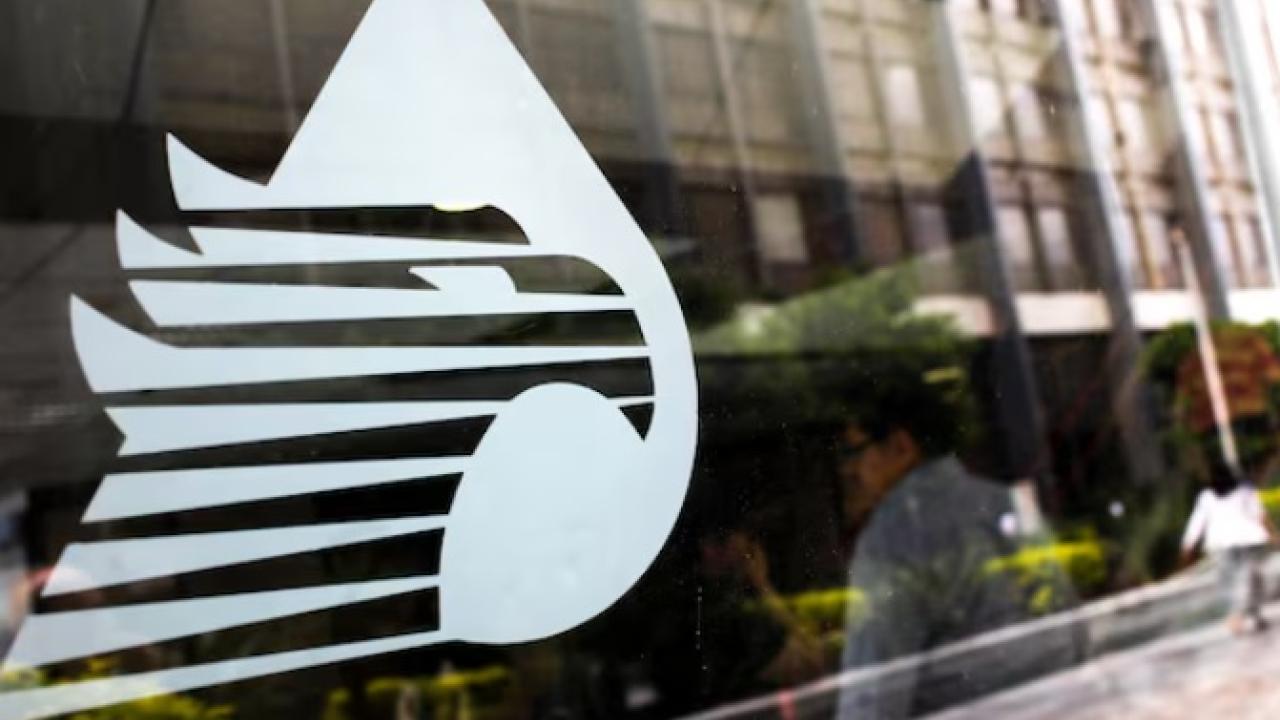
After years of delay, Pemex finally showed signs of greater dynamism towards meeting its ambitious transformation goals, which ultimately aim to process domestically all the oil it produces. The oil company reduced its exports volume by 29.3% to a low of 687,814 barrels per day.
The commitment of Petróleos Mexicanos (Pemex) to refining intensifies and with this, the state-owned company is taking a step back in the global oil market.
Last March, the oil company cut its crude oil exports by 29.3% year-on-year to 687,814 barrels per day, the lowest level for any month in at least 34 years.
This decrease allowed it to have a greater volume of oil to process domestically. This way, crude oil processing in the six refineries that make up its national refining system (SNR) grew 23.1% in the month, to 1,061,918 barrels per day.
The oil company surpassed one million barrels of crude oil processed for the first time since June 2016 and achieved its best record since February of that year (when it processed 1, 067,814 barrels per day.
Pemex's recent moves meant that the use of the SNR plant—which has a total processing capacity of 1,641,000 barrels of oil per day—jumped from 52.6 to 64.7 percent in one year, the highest level since March 2016 (68.4 percent).
After years of delay, Pemex finally showed signs of greater dynamism towards meeting its ambitious transformation goals, which ultimately aim to process domestically all the oil it produces.
In December 2021, in a presentation at the National Palace titled “10 Pemex Tasks”, with the presence of President Andrés Manuel López Obrador, the company estimated that the SNR would reach a processing level of 1.2 million barrels per day as soon as 2022.
The forecast implied a jump of no less than 68% compared to the 714,000 barrels per day processed during 2021.
However, in 2022 the crude oil processing was 816,000 barrels per day, 32% below the goal. In that same document, it was projected that the SNR would reach a process peak in 2023, with 1,337,000 barrels per day, which would be replicated in 2024.
The goals were not met due to a much slower than expected progress in the rehabilitation of the SNR, combined with the increase in the price of the Mexican mixture in 2022, which made oil exports more attractive.
Pemex's December 2021 projections also assumed that the Olmeca refinery, in Dos Bocas, Tabasco, would be fully operational by 2023, which did not happen.
After the failure to meet the original objectives and several intermediate forecast adjustments, in October last year, during a Congress hearing, Octavio Romero, general director of Pemex, restated that the 1,024,000 barrels per day processing goal in the SNR would be met in 2024.
Finally, on March 18, during the commemoration of the 86th anniversary of the Oil Expropriation, the state company predicted that, in December of this year, the SNR will transform 1,101,000 barrels of crude oil per day.
Meanwhile, with greater refining activity, oil production rose 23.8% year-on-year in March, to 1,098,000 barrels per day.
Although gasoline production grew above average, by 27.1%, to 350,000 barrels per day, the SNR continues to produce a high volume of fuel oil.
The production of this residual fuel grew 13.4%, to 349,000 barrels per day, and was just below gasoline. Meanwhile, diesel production was the most dynamic, with an increase of 39.8%, to 212,000 barrels per day.
Controversial bet
Pemex's increased refining activity responds to President López Obrador's mandate that Mexico eliminates its dependence on imported fuels, which accounted for 68.5% of gasoline supply and 66.7% of diesel supply last year.
However, Pemex's Industrial Transformation subsidiary (Pemex TRI) operates with significant losses. Last year, it had 74 billion pesos losses, according to the company's financial statements for the fourth quarter.
It strikes that the subsidiary even had a negative gross return: it has losses even before subtracting administration and distribution expenses and applying financial costs.
In 2023, Pemex TRI's gross loss was 100 billion pesos and the operating loss (before financial costs) widened to 183.8 billion pesos, which represented 17.8% of the company's income.
The focus on the domestic market derived from greater refining activity is perceived as a strength for Pemex.
In its report for the first quarter of 2024, the company highlighted that 75.6% of its total revenue was generated in Mexico, almost 10 percentage points more than in 2023.
“For the state company, domestic sales are a source of income that is not only stable but permanent, which contributes to its financial strengthening,” they highlighted.










